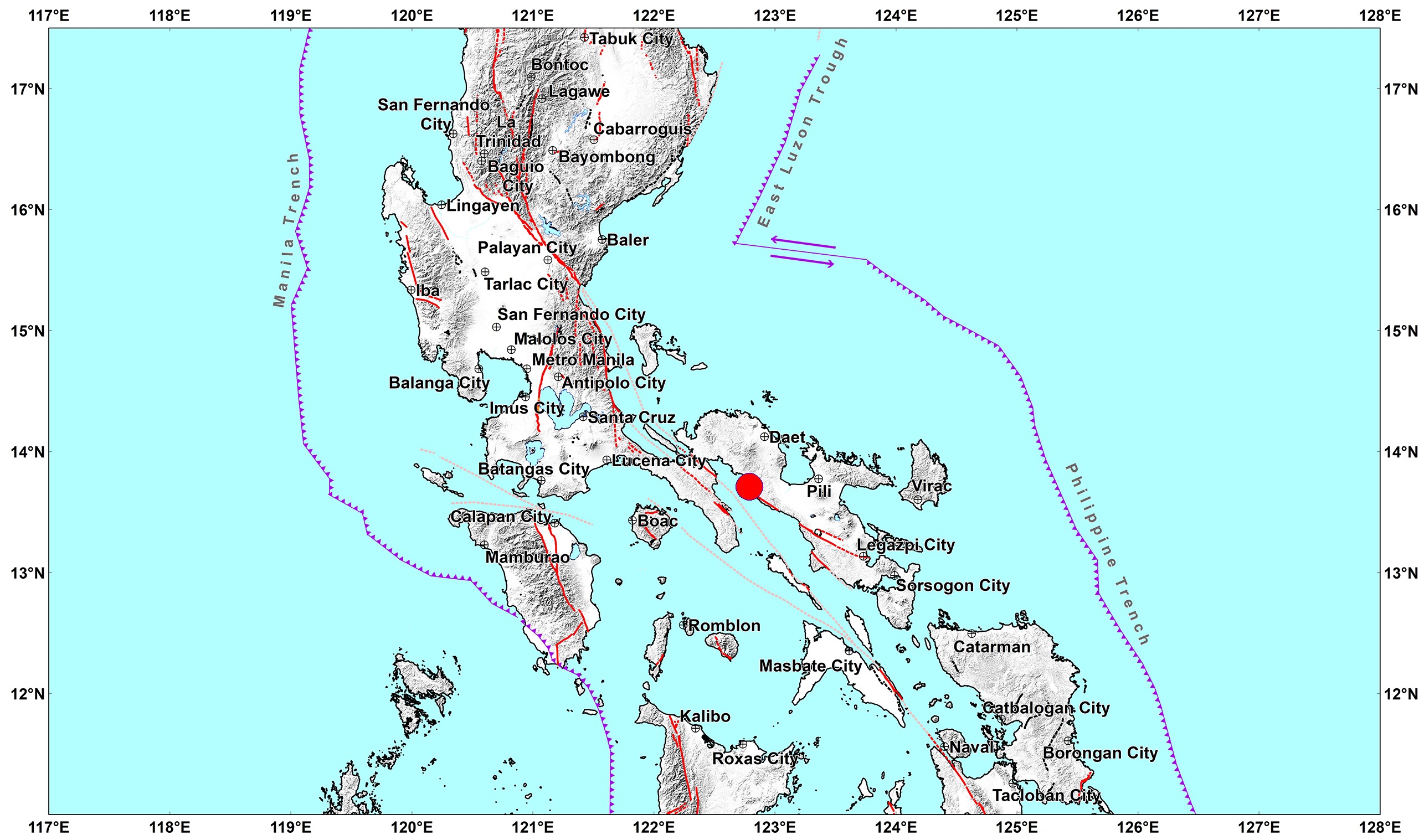Phivolcs continues to detect earthquake 'swarm' in Camarines Sur

The Philippine Institute of Volcanology and Seismology (Phivolcs) on Wednesday, Aug. 23 said an earthquake swarm that began in June was still occurring in Ragay, Camarines Sur.
It noted an increase in the frequency of earthquake swarms in the area on Aug. 19.
From Aug. 19 to 23, Phivolcs said Ragay, Camarines Sur experienced 121 earthquakes with varying magnitudes, with 42 of these being felt.
“The highest magnitude recorded by the Philippine Seismic Network for this earthquake swarm is magnitude 4.4, which occurred on June 7 and Aug. 19,” it said.
It defines an earthquake swarm as a short-lived sequence of minor to light earthquakes, showing no identifiable large event or main shock.
Phivolcs said an earthquake swarm may vary in duration and outcome.
“One scenario is a short-duration burst of earthquake activity that may persist for a few days and eventually disappear over time, similar to the two earthquake swarms that occurred in Camarines Sur in 1993 and 2021. Another possible scenario is that these earthquakes may be a precursor to a larger magnitude earthquake,” it pointed out.
It also noted that Camarines Sur is a seismically active region in the country because of the presence of active faults that include the Legaspi Lineament and offshore segments of the Philippine Fault in Ragay Gulf.
“Other local faults in close proximity might exist, and some of them could potentially be concealed by recent geologic deposits. These concealed faults have the potential to generate minor to strong earthquakes,” Phivolcs said.
Based on the earthquake data, the ongoing cluster of earthquakes is caused by a strike-slip fault, a type of fault with dominant horizontal movement, it further noted.